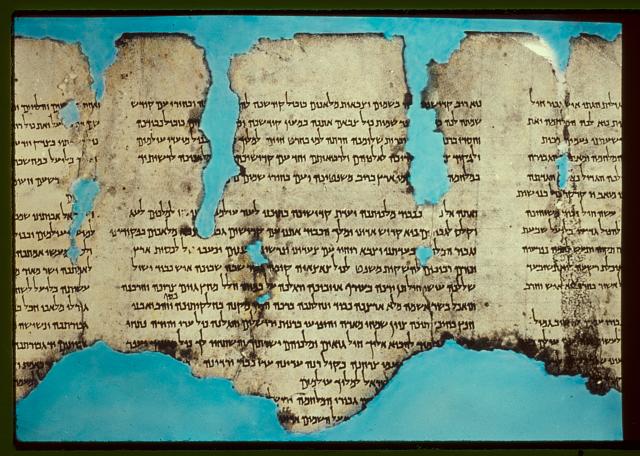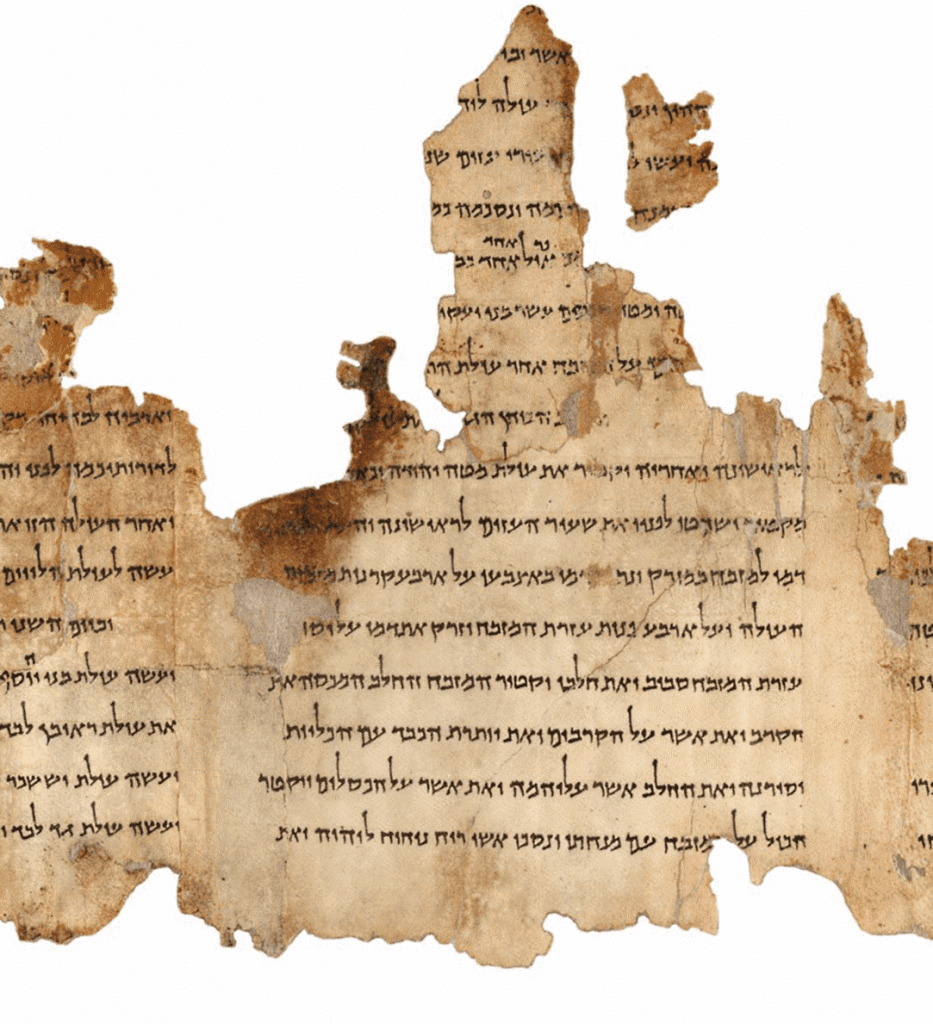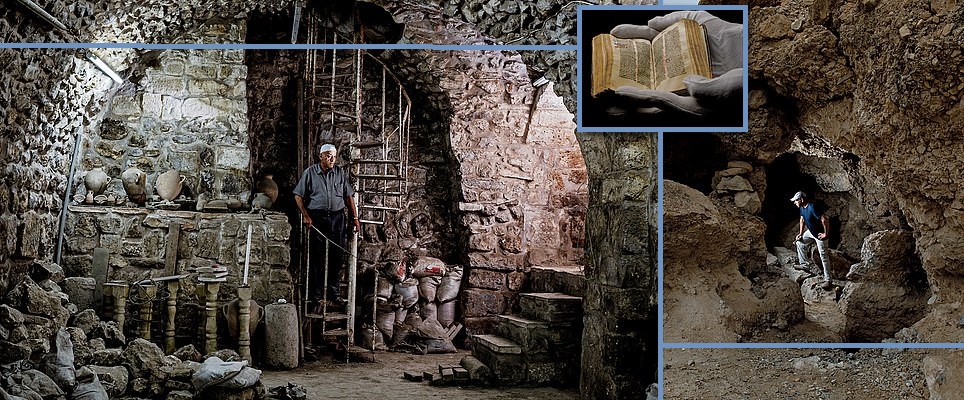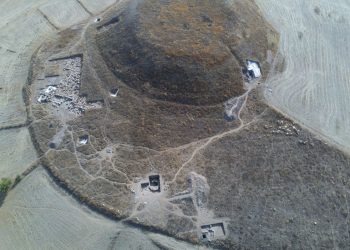Discovering New Potentials: 2,000-Year-Old Pottery Found Near Dead Sea Scrolls Site
Archaeologists in search of Dead Sea Scrolls manuscripts have unearthed 2,000-year-old pottery, potentially housing never-before-seen historical material. The Dead Sea Scrolls’ story began in 1947 when young Bedouin goat herders stumbled upon seven rolled parchments covered in ancient Hebrew script. Since then, countless manuscripts dating back to the third century BC have been discovered, making them some of the oldest known Biblical texts.
Controversy Surrounding Qumran Caves
The Qumran caves, located in the Israeli-occupied West Bank, have sparked controversy, with many considering American archaeological work in the area illegal under international law. However, the historical significance of artifacts found within the caves has not dissuaded researchers from continuing their exploration.

Newly Discovered Caves Offer Fresh Insights
Recently, archaeologists reported discovering two new caves near Qumran, dubbed 53b and 53c. These caves are situated near those that housed the previously discovered Dead Sea Scrolls, and the team’s investigation is ongoing. In a paper presented at the American Schools of Oriental Research annual meeting in Denver, archaeologists Randall Price of Liberty University and Oren Gutfeld of the Hebrew University of Jerusalem detailed the artifacts found in cave 53b, including a rare bronze cooking pot and an ancient oil lamp.

Historical Context of the Artifacts
The bronze cooking pot is believed to date back to between 100 BC and 15 BC when people were living at Qumran. The lamp’s design is similar to those found at Qumran, suggesting that its inhabitants once used the cave. Additionally, the researchers discovered large quantities of pottery, woven textiles, braided ropes, and string.
While the Qumran caves have been heavily looted in the past, recent discoveries indicate that not all valuable artifacts were taken. The most significant find occurred in cave 53c, where a fragment of a scroll jar was discovered, hinting that scrolls may have once been stored there. Archaeological excavations continue in cave 53c, with hopes of uncovering any remaining scrolls.
Unearthing Hidden Treasures
As researchers continue to delve into these mysterious caves, the possibility of uncovering additional scrolls and historically significant artifacts remains promising. Each discovery brings new insights into the region’s ancient history, helping to piece together the story of the Dead Sea Scrolls and the people who once inhabited Qumran.
PLEASE READ: Have something to add? Visit Curiosmos on Facebook. Join the discussion in our mobile Telegram group. Also, follow us on Google News. Interesting in history, mysteries, and more? Visit Ancient Library’s Telegram group and become part of an exclusive group.











